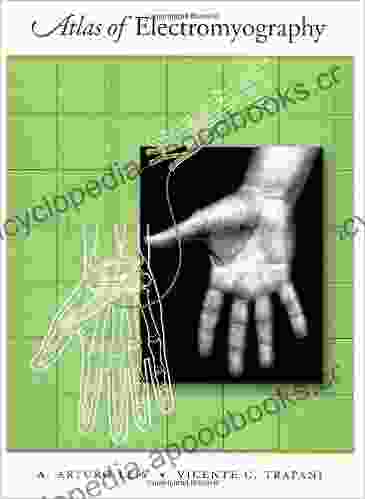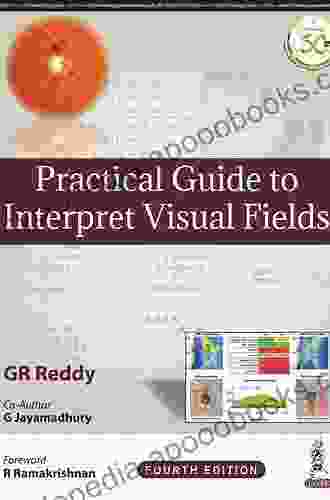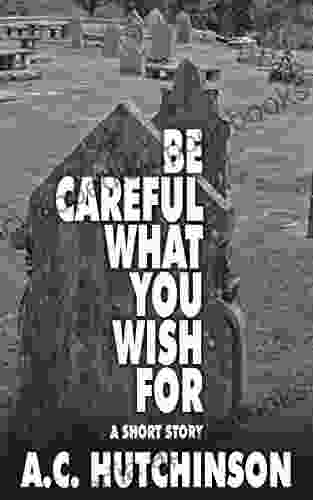Unveiling the Secrets of Vision: A Comprehensive Guide to Interpreting Visual Fields

The visual field represents the range of vision that a person perceives when their gaze is fixed straight ahead. It plays a crucial role in our ability to navigate, interact with our environment, and process visual information. Understanding how to interpret visual fields is essential for eye care professionals, neurologists, and anyone interested in understanding the complexities of human vision.
This comprehensive guide will provide a detailed overview of visual fields, their importance in diagnosing and managing eye conditions, and the techniques used to assess and interpret them.
The visual field is created by the combined input from both eyes. The central field of vision (approximately 10 degrees from the point of fixation) is responsible for fine detail perception, color discrimination, and reading. The peripheral field of vision (the remaining 170 degrees) is responsible for detecting movement, detecting objects in our environment, and providing spatial awareness.
5 out of 5
| Language | : | English |
| File size | : | 172542 KB |
| Screen Reader | : | Supported |
| Print length | : | 318 pages |
The blind spot, also known as the optic disc, is a small area in the visual field where the optic nerve exits the eye. This area is naturally devoid of photoreceptors and therefore insensitive to light.
Visual fields can be assessed using various methods, including:
Confrontation visual field test: This simple test involves covering one eye and comparing the visual field of the uncovered eye to that of the examiner.
Automated perimetry: This computerized test uses a machine to project light spots into the visual field while the patient sits at a fixed distance. The patient responds by pressing a button whenever they detect a light spot.
Manual perimetry: This method is similar to automated perimetry but uses a hand-held perimeter instead of a machine.
Visual field defects are areas of reduced or absent vision within the visual field. They can be caused by a variety of factors, including:
Eye conditions: Glaucoma, macular degeneration, and optic nerve damage
Neurological conditions: Strokes, brain tumors, and multiple sclerosis
Systemic diseases: Diabetes, hypertension, and sickle cell anemia
Visual field defects can be classified based on their shape, location, and extent. Common types of defects include:
Scotomas: Isolated areas of reduced or absent vision
Arcuate defects: Wedge-shaped defects that follow the course of the nerve fiber bundles in the retina
Hemianopias: Defects that affect half of the visual field, either on the right or left side
Quadrantanopias: Defects that affect one quadrant of the visual field
Visual field defects can provide valuable information about the underlying cause of vision loss. For example:
Glaucoma: Characterized by arcuate defects in the peripheral visual field
Macular degeneration: Central scotoma with preserved peripheral vision
Optic nerve damage: Central or peripheral scotomas, depending on the location of the damage
Neurological conditions: Hemianopias or other specific patterns of visual field defects
The management of visual field defects depends on the underlying cause. Treatment may include:
Eye drops or medications: To lower intraocular pressure in glaucoma
Laser therapy or surgery: To treat macular degeneration
Neurological interventions: To address the underlying neurological condition
Rehabilitation: To help patients adapt to their visual field loss and maximize their remaining vision
Understanding how to interpret visual fields is essential for diagnosing and managing eye conditions and neurological disFree Downloads. This comprehensive guide provides a detailed overview of the anatomy and physiology of the visual field, the methods used to assess it, and the clinical significance of visual field defects.
By mastering the techniques of visual field interpretation, eye care professionals and neurologists can effectively identify and manage visual impairments, improving the quality of life for countless individuals.
5 out of 5
| Language | : | English |
| File size | : | 172542 KB |
| Screen Reader | : | Supported |
| Print length | : | 318 pages |
Do you want to contribute by writing guest posts on this blog?
Please contact us and send us a resume of previous articles that you have written.
 Book
Book Novel
Novel Page
Page Chapter
Chapter Text
Text Story
Story Genre
Genre Reader
Reader Library
Library Paperback
Paperback E-book
E-book Magazine
Magazine Newspaper
Newspaper Paragraph
Paragraph Sentence
Sentence Bookmark
Bookmark Shelf
Shelf Glossary
Glossary Bibliography
Bibliography Foreword
Foreword Preface
Preface Synopsis
Synopsis Annotation
Annotation Footnote
Footnote Manuscript
Manuscript Scroll
Scroll Codex
Codex Tome
Tome Bestseller
Bestseller Classics
Classics Library card
Library card Narrative
Narrative Biography
Biography Autobiography
Autobiography Memoir
Memoir Reference
Reference Encyclopedia
Encyclopedia Kevin Mccurley
Kevin Mccurley 2nd Edition Kindle Edition
2nd Edition Kindle Edition Patricia Marques
Patricia Marques J Lucy Boyd
J Lucy Boyd Scott Burnham
Scott Burnham Becky Tallentire
Becky Tallentire Connie Goldsmith
Connie Goldsmith Boff Whalley
Boff Whalley Ted Cruz
Ted Cruz Julie James
Julie James Paul Spoonley
Paul Spoonley Neil Vallelly
Neil Vallelly 1st Ed 2018 Edition Kindle Edition
1st Ed 2018 Edition Kindle Edition A B Jamieson
A B Jamieson Gil Adamson
Gil Adamson Mira Grant
Mira Grant Bruce Parker
Bruce Parker Sagi Melamed
Sagi Melamed Joel B Green
Joel B Green Jw Wilson
Jw Wilson
Light bulbAdvertise smarter! Our strategic ad space ensures maximum exposure. Reserve your spot today!

 Tom ClancyAtlas of Electromyography: The Definitive Guide to Muscle Function by Arturo...
Tom ClancyAtlas of Electromyography: The Definitive Guide to Muscle Function by Arturo...
 Samuel Taylor ColeridgeNail Surgery Series: A Comprehensive Guide to Dermatological Treatment
Samuel Taylor ColeridgeNail Surgery Series: A Comprehensive Guide to Dermatological Treatment Jeff FosterFollow ·17.2k
Jeff FosterFollow ·17.2k Brian BellFollow ·16.9k
Brian BellFollow ·16.9k Ron BlairFollow ·11.1k
Ron BlairFollow ·11.1k Eli BrooksFollow ·7.8k
Eli BrooksFollow ·7.8k Levi PowellFollow ·19k
Levi PowellFollow ·19k Jaden CoxFollow ·19.2k
Jaden CoxFollow ·19.2k Angelo WardFollow ·4.4k
Angelo WardFollow ·4.4k James JoyceFollow ·6.1k
James JoyceFollow ·6.1k

 Jacob Hayes
Jacob HayesUnlock the Power of Microsoft Word: A Comprehensive Guide...
Microsoft Word is a widely used word...

 Hunter Mitchell
Hunter MitchellAndrea Carter and the Price of Truth: A Thrilling...
Get ready for an unforgettable...

 Ivan Turner
Ivan TurnerTrading Jeff and His Dog: An Unforgettable Adventure of...
Get ready for an emotional rollercoaster...

 Langston Hughes
Langston HughesGo Viral TikTok: The Ultimate Guide to Gaining 100K...
TikTok has emerged as a social...

 Ibrahim Blair
Ibrahim BlairUnveil the Enchanting Realm of Short Fiction: Dive into...
Delve into a Literary Tapestry of...

 Tennessee Williams
Tennessee WilliamsUnveil the Enchanting World of Elizabeth Barrett...
A Poetic Tapestry of Love, Loss, and...
5 out of 5
| Language | : | English |
| File size | : | 172542 KB |
| Screen Reader | : | Supported |
| Print length | : | 318 pages |








